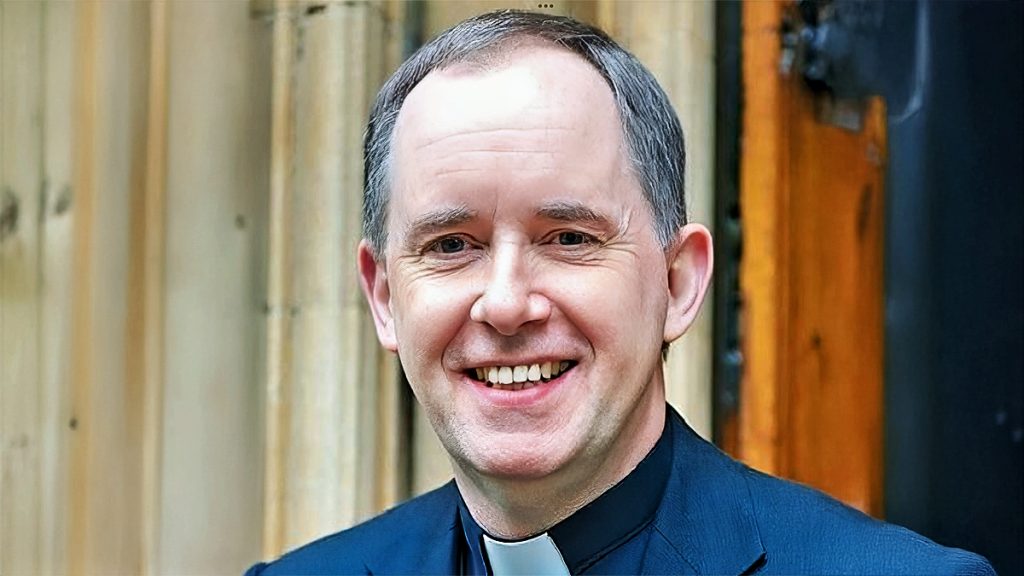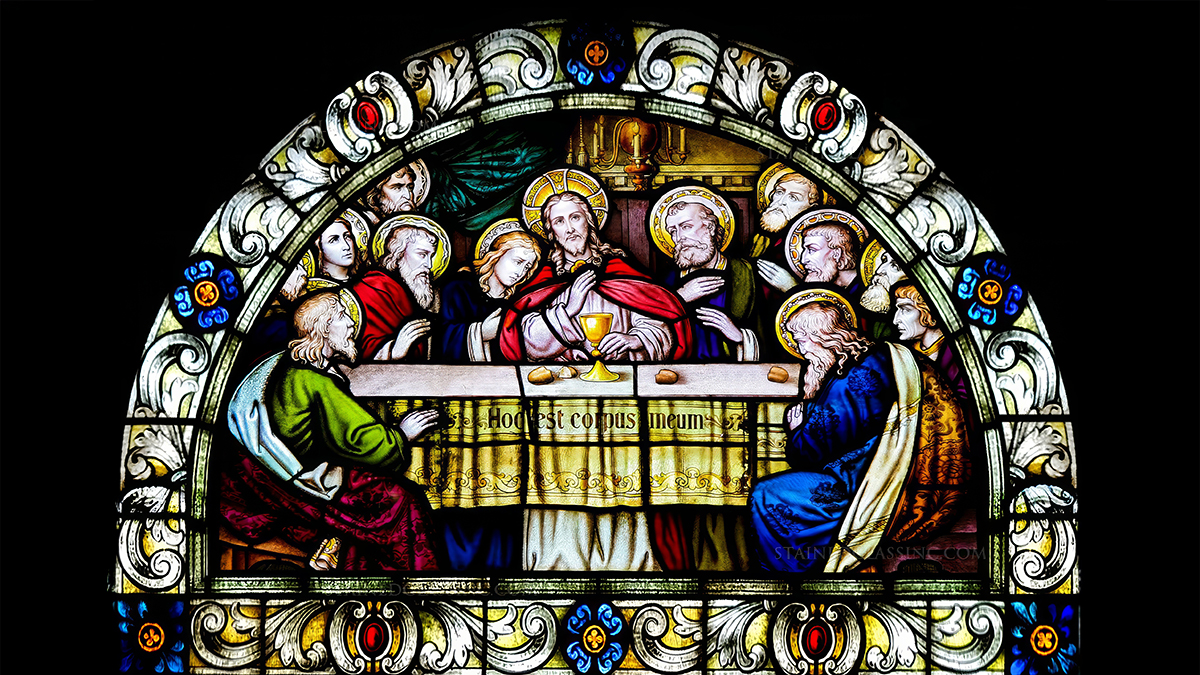Pope Leo XIV and liturgical continuity
There may be a temptation to concentrate on the teaching, homilies and example of Pope Leo XIV in liturgical matters. Still, it is important not to cast a veil over his predecessor.
Indeed, we should note the efforts that Pope Leo makes, indicating that he is continuing the legacy of the late pope.
With that in mind, therefore, let’s not forget the key insights and promptings of Pope Francis regarding liturgy, mainly as found in his apostolic letter Desiderio Desideravi, of June, 2022
Liturgical formation for the whole Church
Principal among the strong points he made was the demand throughout the Catholic church for a profound and vital liturgical formation, not only for priests but also for the people who participate in the liturgy.
Pope Francis pointed to a dearth of engagement with people regarding the power of the liturgy to heal and transform, and its ability to give clear, long-lasting relevance and meaning to their lives (in rapidly changing contexts).
With Sacrosanctum Consilium as the beacon, the rest of the documents of Vatican II followed, and so did the transformation of the liturgy and the various sacramental rites.
Pope Francis led us to ask: How is the church and its ministers to draw the people into the liturgical act?
Formation by the liturgy
Proper celebration of the liturgy is itself formative. People notice liturgy when it is appropriately done/well. They might bring their friends; they might invite non-Catholics or non-Christians to “come and see” – and hear.
They experience a community (a remarkable mixture of ethnic races, ages, stages of health) united in prayer and worship through gesture, song, movement, silence, and reverence.
Here, the liturgy itself is doing something important. It is not militantly fussy or fusty.
Christ is alive and active in good quality proclamation of scripture and prayer, in good preaching, in relevant Prayers of the Faithful.
The attitude and actions of the priest and other ministers teach the assembly/visitors about the significance of what is taking place.
It is a fulfilment of the text from the ordination of Deacons: “Receive the book of the Gospels whose herald you now are: believe what you read; teach what you believe; and practise what you teach”.
Formation for the liturgy
This point is especially important for ministers of the liturgy, but it is for the assembly also, with the emphasis on the Sunday Eucharist as “the foundation of communion, at the centre of the life of the community”. #37.
All people closely involved with our various rites need to have a deeper knowledge of structure, flow and content; the history of liturgical development; the reasons for renewal and reform, and so forth.
Rediscovering the language of symbols
In #44 the Pope promoted fostering of the deeper engagement with the language of symbol as an encounter with the living Christ.
In Liturgy, the symbols make present their actual reality (what is within them contained), which is the living and risen Christ.
#45 points to an emerging key question: “How can we become once again capable of symbols? How can we learn to reread them and live them?
The Pope realised that in most Western civilisations, we have an impoverished appreciation of symbols and symbolic life.
This hinders our awareness of the Spirit’s activity in the celebration of sacred rites.
Participation and awareness
In #47, Pope Francis then raised the essential problem with the liturgy as it is now celebrated: for it to be effective, we must pay attention – we must participate consciously and fully, even actively, to become properly united with Christ, who is the centre of the sacramental event.
It is not just a matter of being present while something is happening in the sanctuary.
To foster this participation, we are formed by our grandparents, parents, godparents, in catechesis, in school, by chaplains, parish priests, etc.
We learn gestures, movements, songs, words, and actions.
From an early age, we are exposed to (and gradually become aware of) the true meaning and significance of our symbolic words, actions, and gestures in liturgy.
Harmony with the Spirit
Pope Francis hoped that we can avoid subjectivism (doing our “own thing”) and excessive rubricism (an obsessive attention to instruction), and that for each celebration we need to reflect/pray to ensure we are “in harmony with the action of the Spirit”.
For a start, the celebrant can ask, to what extent is what I am doing and what I am saying, not only true prayer, but done/said in such a way as to foster true prayer in the assembly?
Then, to ask, to what extent have I reflected upon what works for this assembly in this place?
The priest as artist
In #50 Pope Francis asserted that, in one way or another, celebrants are not robots but artists.
“But for an artist, in addition to technical knowledge, there has also to be inspiration, which is a positive form of possession. The true artist does not possess an art but rather is possessed by it…. A diligent dedication to the celebration is required, allowing the celebration itself to convey to us its art.”
At the time of his election, it was stated by a famously acerbic English commentator that “like most Jesuits, Pope Francis is not much interested in liturgy”.
This brief exploration of just a small portion of Desiderio desideravi, indicates the opposite.

- Fr Andrew Cameron Mowat SJ, a priest of the British Province of the Society of Jesus, a liturgist and parish priest of a large London parish.

